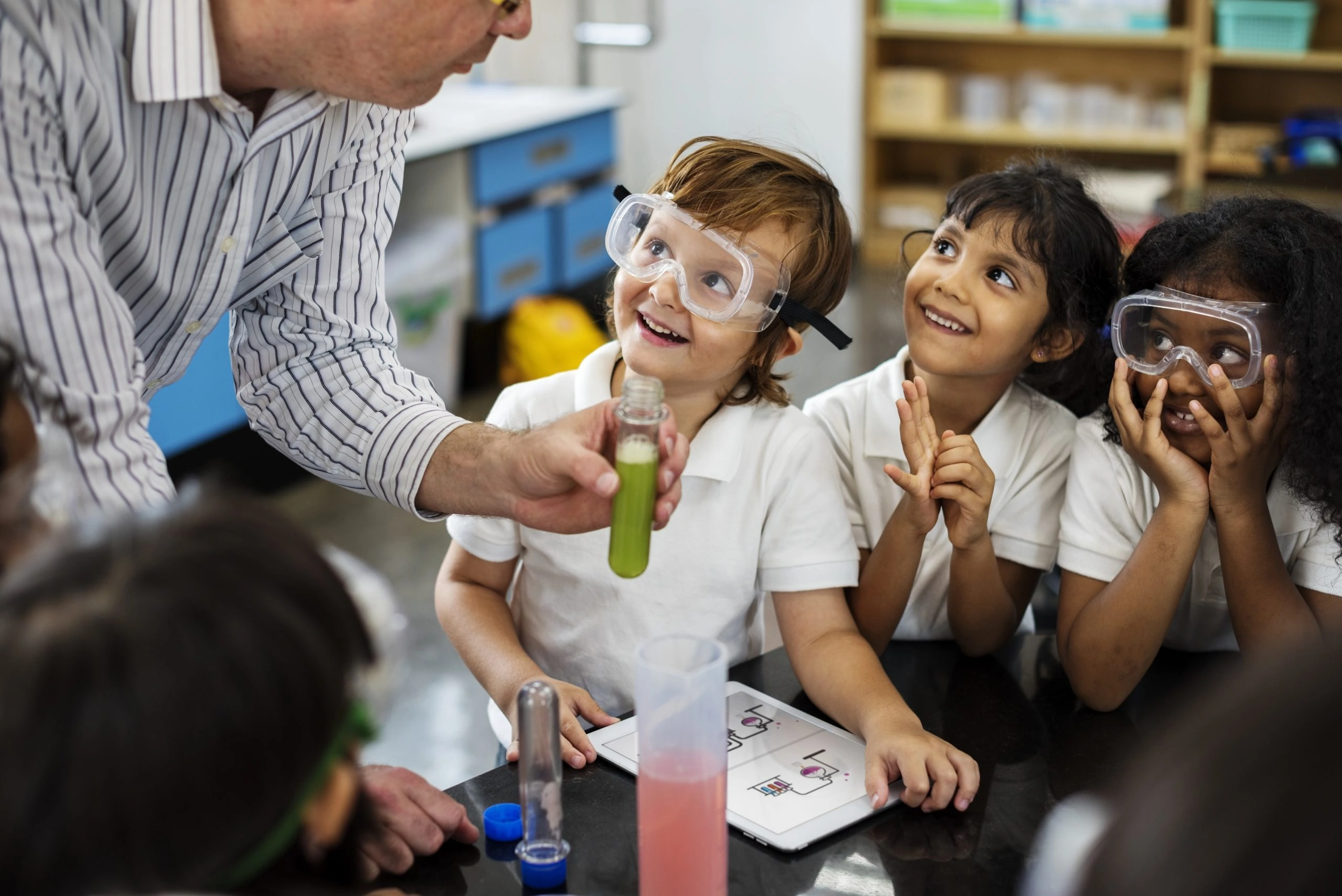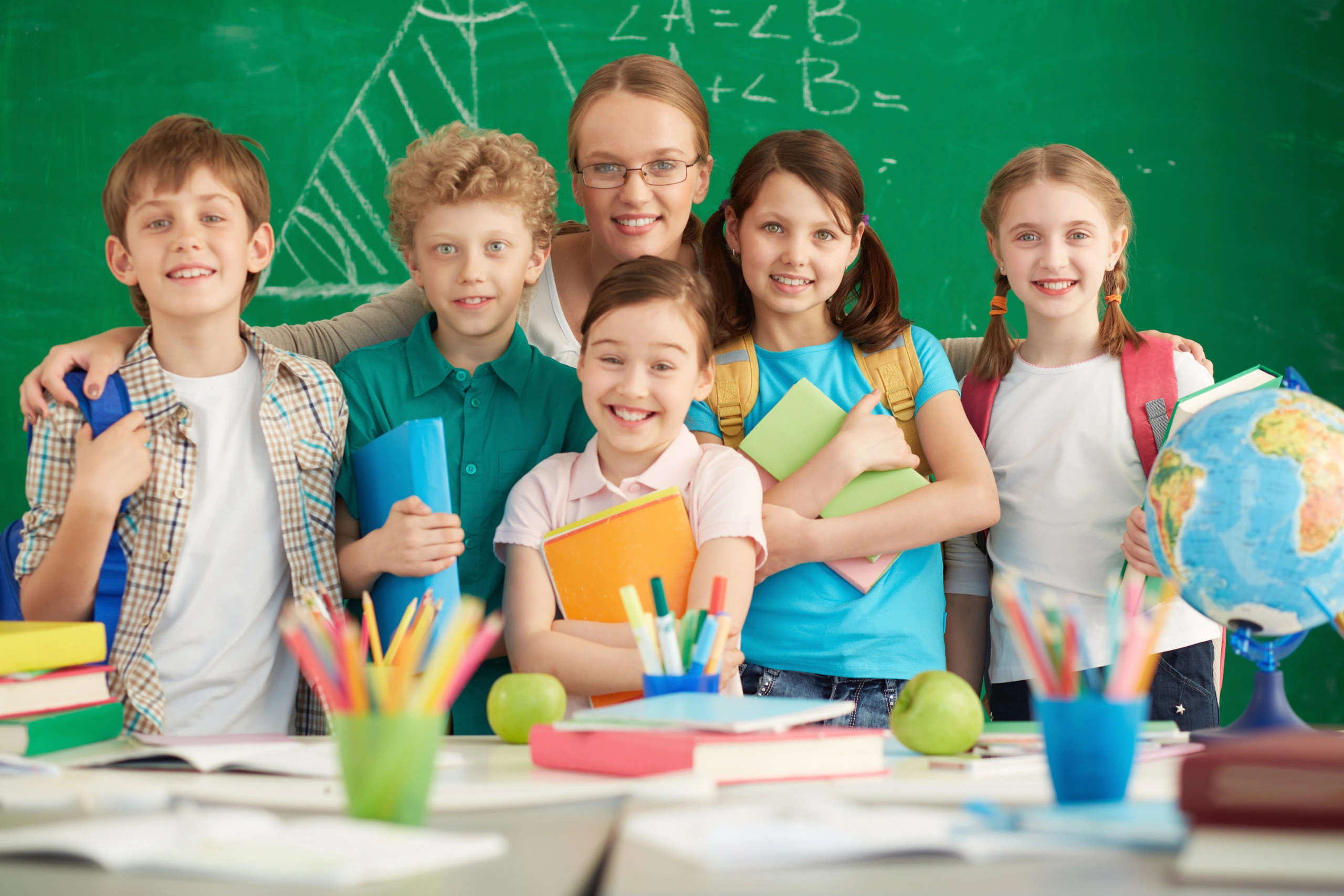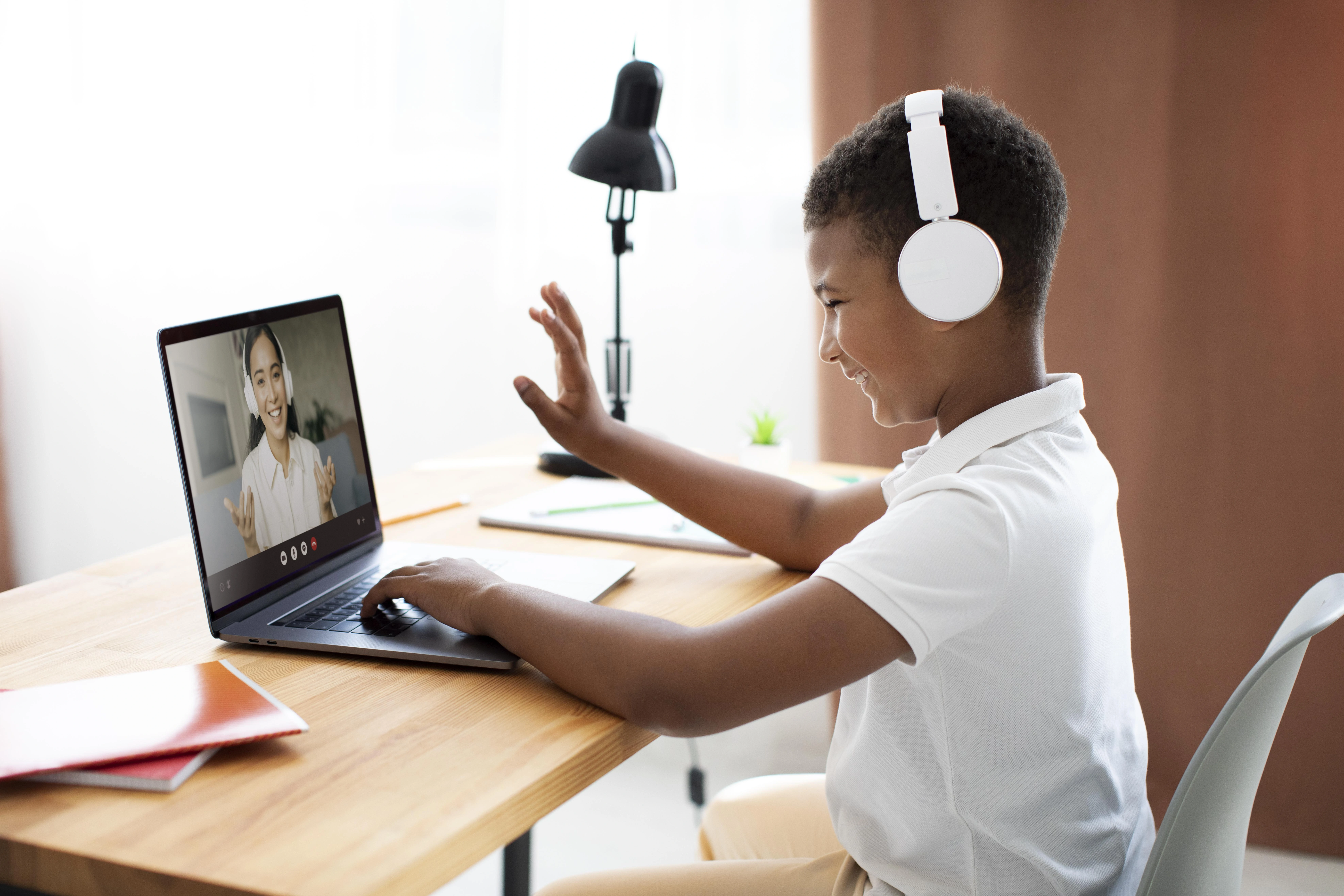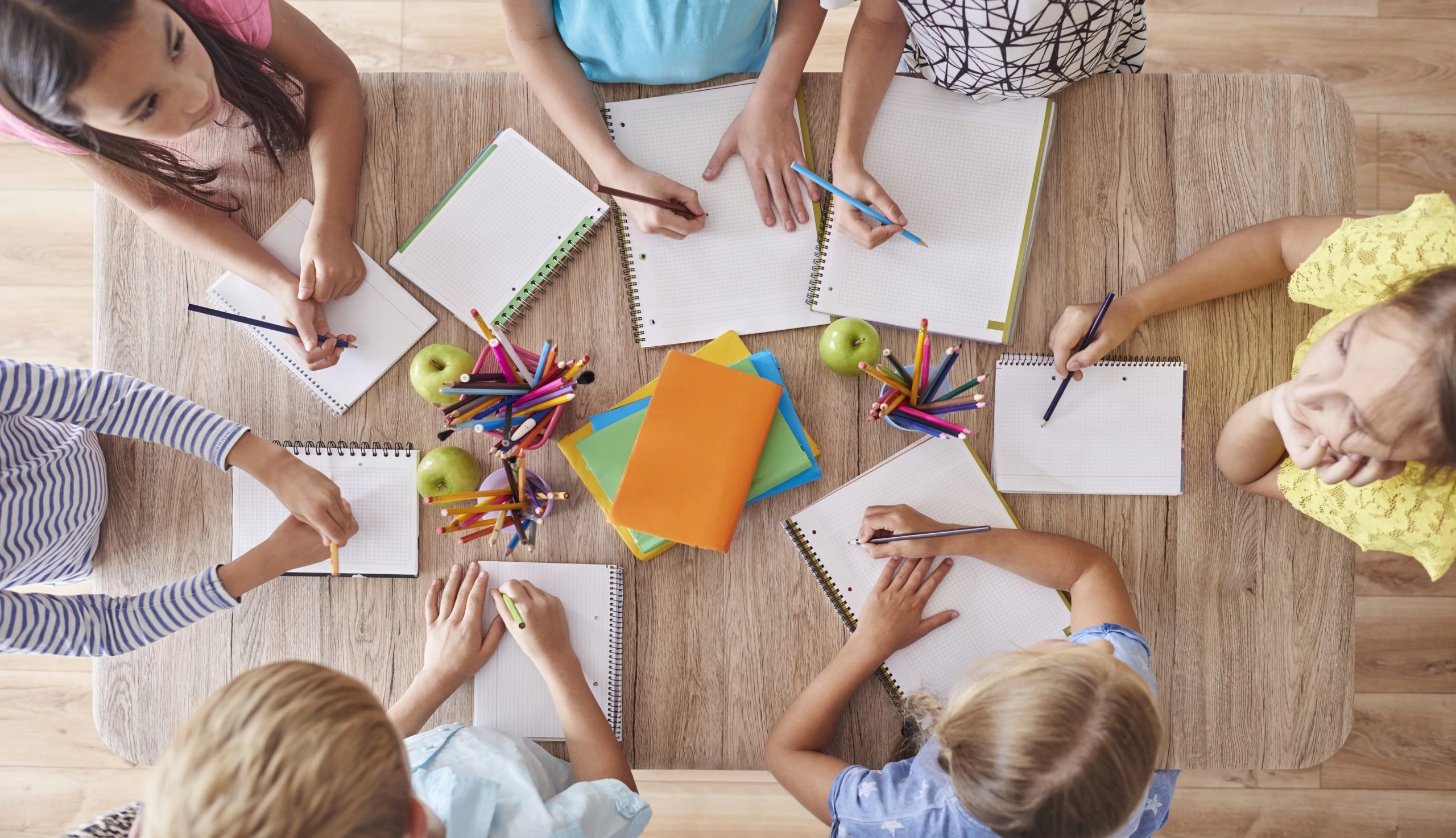Why Social-Emotional Learning in Education is Highlighted?
Social-emotional learning (SEL) in education becomes a buzzphrase in recent years because of its amazing benefits to learners. This article will give you a basic understanding of this kind of learning. Also, some useful methods to adapt it to education.
School anxiety, depression, stress, bullying, violence, and so on. There are so many mental health issues that students have to cope with in modern life. If your students are struggling with one of these issues, they may need to improve their social and emotional skills. Today, let’s discuss the buzz phrase in the last few years: social-emotional learning (SEL) in education. And you will know why this learning matters in education by the end of this article.

We’ll walk through three main contents about SEL in turn:
Firstly, let’s kick things off with the first question.
What is Social-Emotional Learning?
When referring to SEL, there are several papers or books to grab. You can search for SEL with the names of some popular authors such as William Rabas, Tara Flippo, and Dianne Schilling. Each document expresses diverse definitions of SEL. But all have the same core opinion.
In general, SEL is a learning process that assists students of all ages. It helps to productively apply the essential knowledge, skills, and attitudes to:
- Manage their own emotions or others.
- Set positive goals and attempt to achieve them.
- Create and maintain positive relationships.
- Make responsible decisions.

SEL consists of 5 key skills. Some call them five core competencies as follows:
Self-awareness
It involves recognizing one’s own emotions and personal values. In other words, it requires the ability to define your strengths and weaknesses. It also develops optimistic thinking to better gain self-efficiency.
Self-management
This refers to taking charge of your ideas, emotions, and behaviors in various situations. It means you can manage stress and control impulses. Also, set up and achieve personal goals, as well as educational ones.
Social Awareness
It mentions empathy for others from diverse backgrounds or cultures. It is also related to knowing and acting based on social norms in your family, school, and community.
Relationship Skills
Students with relationship skills help maintain positive relationships associated with social norms. These skills include healthy listening, positive response, problem-solving, and asking for help.
Responsible Decision-making
This involves making good decisions about behaviors and social relationships in a variety of situations. Besides, it includes weighing ethical standards. As well as making realistic assessments of action’s impact on people’s well-being.
Why is Social-Emotional Learning Important?
In this part, we will grab some things about the value of SEL. As you can see, no one can solve life’s issues flexibly right from the moment of birth. All kinds of skills take time to improve and enhance. And schools seem to be the best places to help students learn, develop as well as complete them.
In our modern world, the role of SEL extends not only to children but also to adults. SEL provides the base for social interaction, positive relationships, and well-informed judgments. That is, SEL lays the base for safe, cozy, and active learning. Also, it improves students’ ability to succeed in school, work, and life. SEL skills can help students pursue higher education, and achieve career goals. Further, build positive habits. They can also complete themselves to become good citizens, thus meeting society’s needs.
How to Adapt Social-Emotional Learning in Education?
There are many basic and creative strategies to develop social-emotional skills in the classroom. So, teachers can consider holding some SEL activities as follows.
#1. Create Positive Check-in Activities
Let’s start or end a nice school day with positive check-in activities. This helps to build warm links between teachers and students as well as an optimistic classroom culture. For this reason, the Positive Greetings at the Door strategy is used widely all over the world. The teachers stand at the classroom door at first. Then, give students hugs, smiles, handshakes, and high-fives. It isn’t a waste of time. It doesn’t take much time to create this effective kind of check-in.
Even if the online class, it could be as simple as providing a kind hello to students as they start the day with you. This way inspires students to absorb knowledge better all day.

#2. Make Use of Story Time
To improve SEL, either read out loud or have the students read to you. Teachers can have students describe what happened to the main characters or others. To teach SEL to students of different ages, you can use picture books, dialogue simulations, and interactive videos. Besides, let students express the characters’ feelings based on their states. When students do this, they will know deeply what they are reading. Also, responsibility will be taken on them.
#3. Organize Group-working
Needless to say, working in a group is a great life skill. That’s because people do not live alone. We live in a variety of relationships. And school is a miniature society. Thus, all the basic skills should be taught and practiced here.
Working in groups can help students develop communication, negotiation, listening, and leadership skills. Further, they can recognize their strengths to contribute to the team in the most effective way.

#4. Practice Role-playing
Role-playing is nothing new to us. This activity is familiar to everyone from an early age. In schools today, students may be asked to role-play individually or collectively. They can become plants, animals, farmers, or anything, anyone else. Thanks to that, students empathize with others and know their feelings. So, this activity enhances the quality of group work.
#5. Write Down Reflection
Sometimes, if you feel it is hard to say something, just write it down. In general, reflective writing is a great activity for social-emotional learning in education. Teachers can give students some minutes at the end of the class to look back as well as write down their thoughts. Try to encourage students to engage in self-reflection and record their feelings. It improves students’ patience and reduces their stress or irritability, doesn’t it?
In short, hope that the article gives you a full overview of SEL. You can integrate teaching SEL skills in every classroom activity as it is not a single subject like science or literature. To create diverse and intuitive lessons, give ActivePresenter a try. An eLearning authoring tool like this can help to bring your teaching ideas to life. Have a nice day!

See Also: